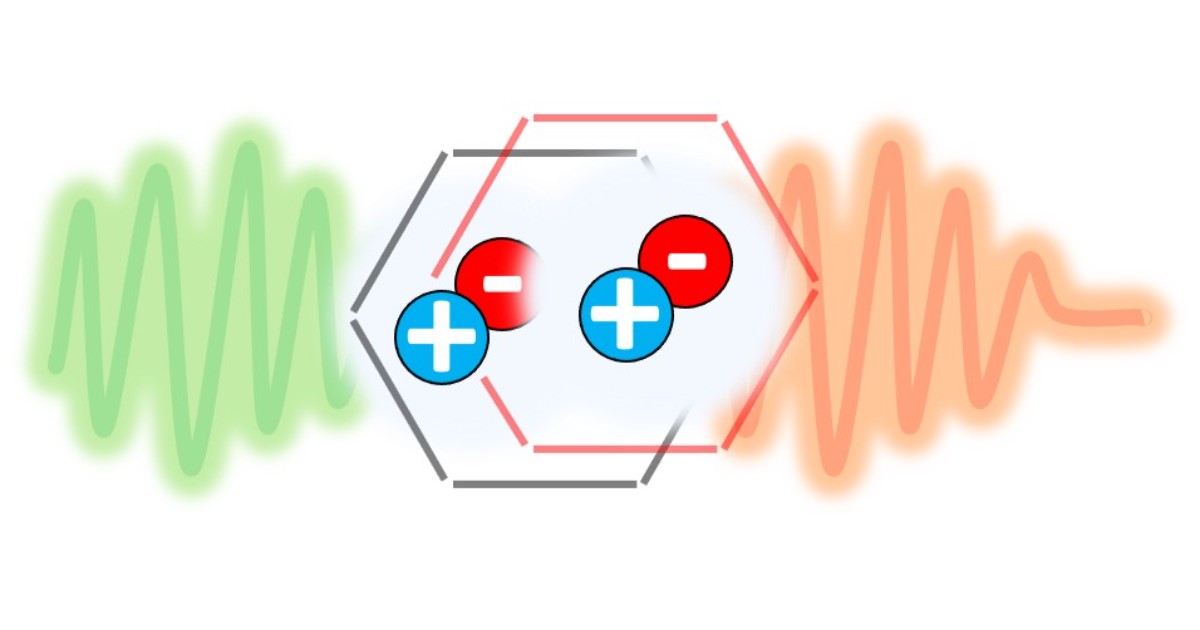Recent Advances in Optical Spectroscopy of Layered Materials
A special issue of Nanomaterials (ISSN 2079-4991). This special issue belongs to the section "Nanophotonics Materials and Devices".
Deadline for manuscript submissions: closed (26 January 2024) | Viewed by 24821

Special Issue Editors
Interests: nonlinear optics; ultrafast spectroscopy; 2D materials
Special Issue Information
Dear Colleagues,
After almost two decades since the first pioneering works on single-layer graphene, layered materials remain at the forefront of scientific research. While our understanding of these ideal two-dimensional systems has improved enormously, new findings maintain the interest in this field at the highest level. The recent discovery of layered ferromagnets, moiré excitons, and the emerging fields of twistronics, valleytronics, and strong correlations are just a few examples in this context. All these new emerging topics rely on our capability to control light-matter interactions at the nanoscale, a detail that has always defined optical spectroscopy as one of the most powerful tools in our hands: (i) Raman is routinely used to determine the number of layers, defects density, doping, strain and more in almost any 2D material; (ii) photoluminescence probes the cross-over from indirect to direct gap in atomically thin semiconductors, and remains the most advanced tool to investigate the valley degree of freedom, excitonic interactions, and localization of indirect excitons in moiré potentials; (iii) ultrafast spectroscopy provides unique insights into the excited state dynamics of free electrons, excitons, and phonons; (iv) nonlinear optics is an established characterization method to study strain, exciton resonances and hybridization of states, as well as the valley degree of freedom and the twist angle in layered samples.
It is challenging to provide any thorough list when it comes to optical spectroscopy of layered materials, the number, and quality of papers in the field are overwhelming. However, although a lot has been done in the past 20 years, the topic keeps flourishing and has the potential for a bright future for many years to come. Only a few dozen of layered materials have been successfully synthesized or exfoliated, however thousands are predicted to be exfoliable with unique vibrational, electronic, magnetic and topological properties. With this Special Issue, we aim to gather some of the most recent and exciting results from experts in the field of optical spectroscopy of layered materials and to present new ideas for future research directions.
Dr. Giancarlo Soavi
Dr. Ioannis Paradisanos
Guest Editors
Manuscript Submission Information
Manuscripts should be submitted online at www.mdpi.com by registering and logging in to this website. Once you are registered, click here to go to the submission form. Manuscripts can be submitted until the deadline. All submissions that pass pre-check are peer-reviewed. Accepted papers will be published continuously in the journal (as soon as accepted) and will be listed together on the special issue website. Research articles, review articles as well as short communications are invited. For planned papers, a title and short abstract (about 250 words) can be sent to the Editorial Office for assessment.
Submitted manuscripts should not have been published previously, nor be under consideration for publication elsewhere (except conference proceedings papers). All manuscripts are thoroughly refereed through a single-blind peer-review process. A guide for authors and other relevant information for submission of manuscripts is available on the Instructions for Authors page. Nanomaterials is an international peer-reviewed open access semimonthly journal published by MDPI.
Please visit the Instructions for Authors page before submitting a manuscript. The Article Processing Charge (APC) for publication in this open access journal is 2400 CHF (Swiss Francs). Submitted papers should be well formatted and use good English. Authors may use MDPI's English editing service prior to publication or during author revisions.
Keywords
- optics
- spectroscopy
- light-matter interactions
- 2D materials
- layered heterostructures
- excitons
- ultrafast spectroscopy
- nonlinear optics
- photoluminescence
- Raman
Benefits of Publishing in a Special Issue
- Ease of navigation: Grouping papers by topic helps scholars navigate broad scope journals more efficiently.
- Greater discoverability: Special Issues support the reach and impact of scientific research. Articles in Special Issues are more discoverable and cited more frequently.
- Expansion of research network: Special Issues facilitate connections among authors, fostering scientific collaborations.
- External promotion: Articles in Special Issues are often promoted through the journal's social media, increasing their visibility.
- Reprint: MDPI Books provides the opportunity to republish successful Special Issues in book format, both online and in print.
Further information on MDPI's Special Issue policies can be found here.







